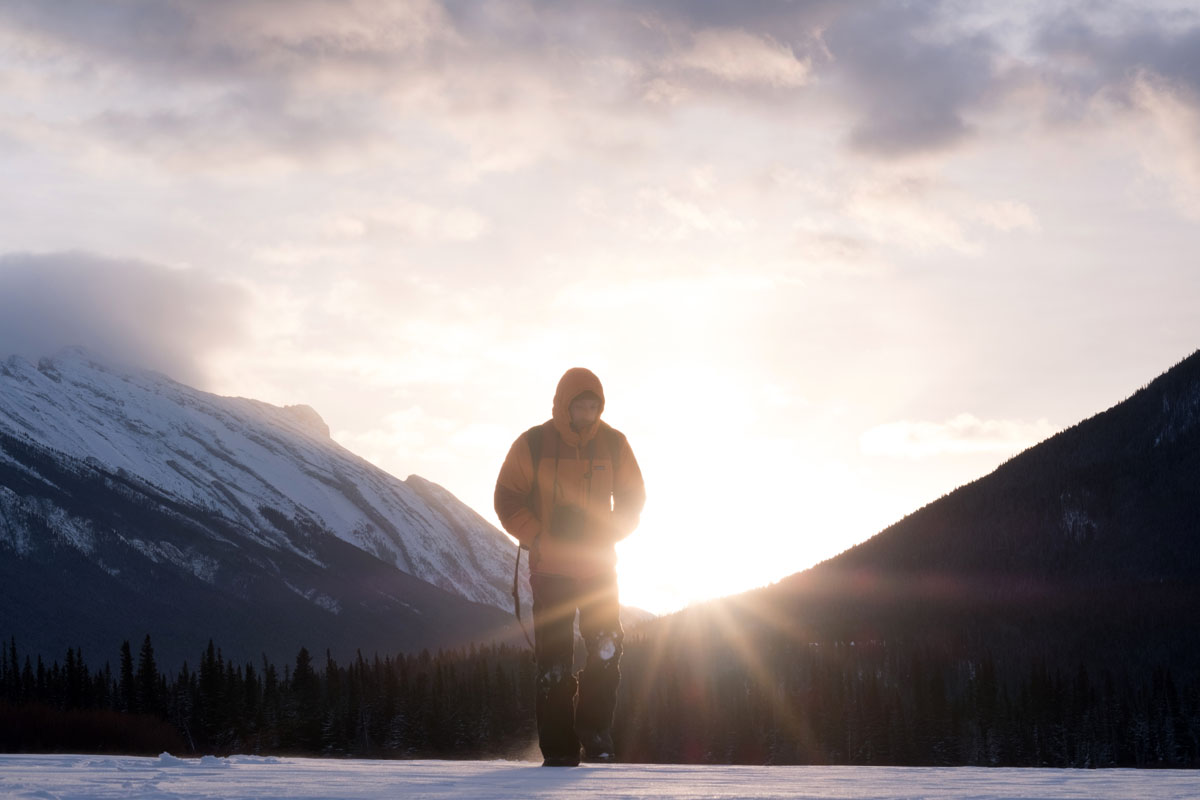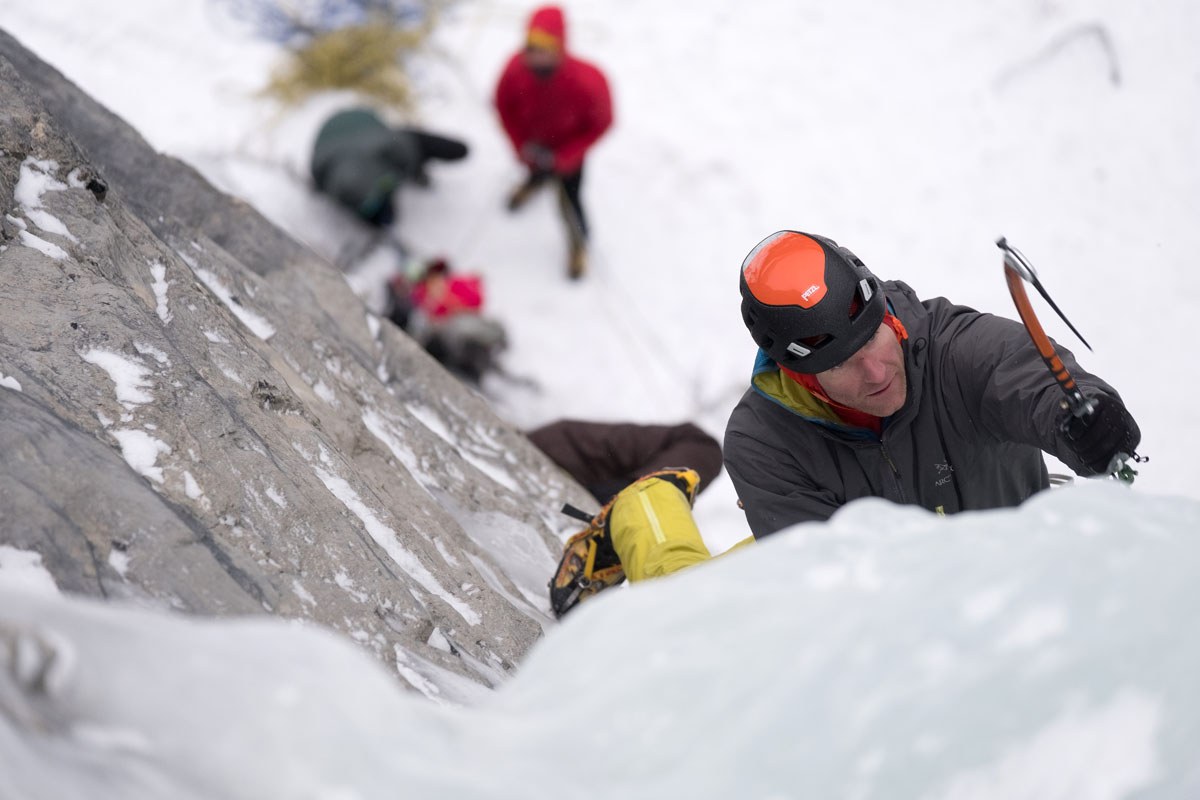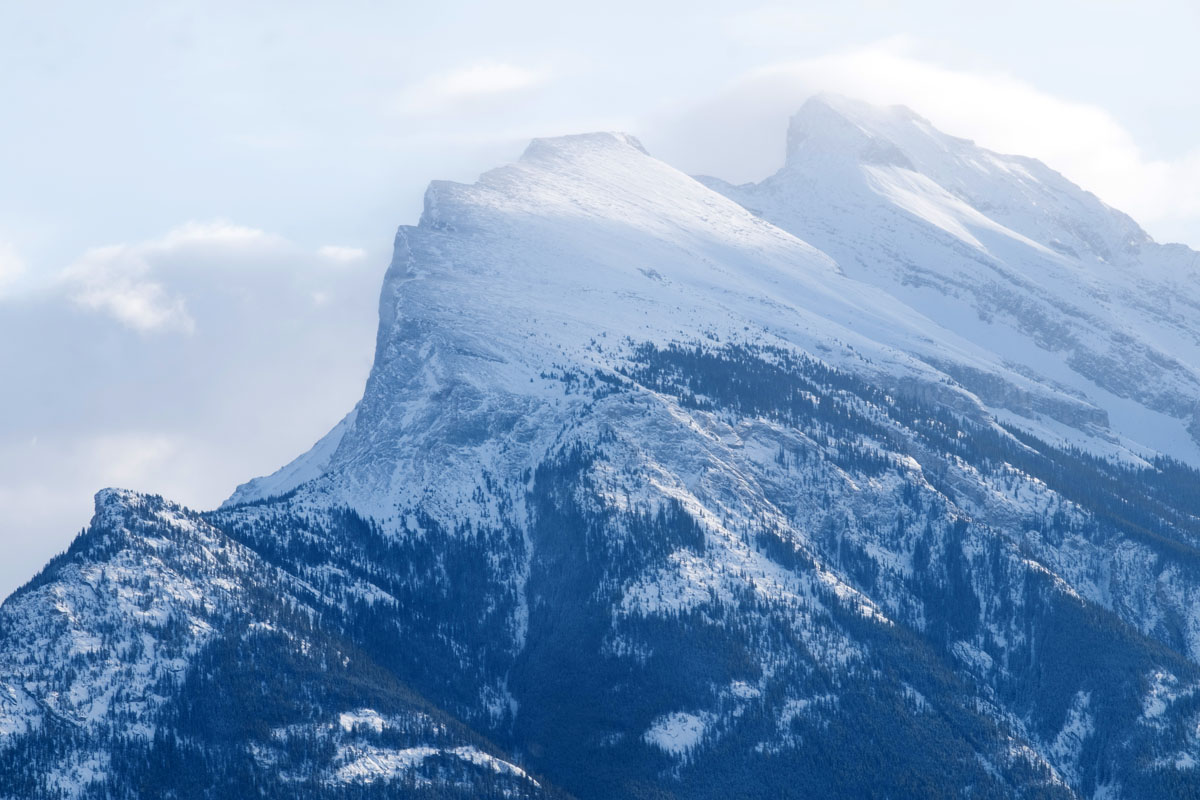
Exploring New Boundaries with the FUJIFILM X-H1 by Patrice Halley
When you arrive at a crossroad in your career, it is sometimes difficult to explore new frontiers. I have been photographing assignments for international magazines for more than 25 years before I made the transition to videography. Now, I am still harvesting images, mostly as a Director of Photography, but video has added so much work to the process of documenting a story that it keeps me very busy. And, I found out that videography and photography can be antinomic pursuits. When filming, you capture a constant flow of movements while in contrary, in photography you are waiting to capture special moments. Thus, I have almost stopped taking stills. However, I still long for occasions to shoot photo essays.
So, when I was offered to field-test the X-H1, I saw this as a unique opportunity to reconnect with my old passion while blending in my experience and love for my new career. The X-H1 could be the device that would allow me to extend my creative process and give me the freedom, regardless of the chosen medium, to explore what I have been the most passionate about: story telling. When I grabbed the camera, I could readily feel a sense of renewal.
I wanted to expose the X-H1 to a real adventurous environment. So, I decided to take the camera on an adventure and joined friends who were ice climbing in the Canadian Rockies. After two weeks in the field, I’m happy to report that I feel the camera has what it takes to become a tool of choice for serious adventure photographers and cinematographers.
The only difference between current and “old school” photography gear is that, while from the outside some the tools haven’t changed much, inside they have evolved so much! The first thing I noticed about the X-H1 is that it is loaded with features increasing it’s versatility as a cross medium camera. The IBIS is clearly the most invaluable asset of all, reducing shaky footage even in action. This will not replace a gimbal by any means but what a “life saver” it can in many action situations! I clearly saw that while dangling on a rope.
As I climbed on a thin ice vein, my first impression was that the lightness of the camera would be no match for the difficult mountainous environment. I was so wrong. The bulk is not there but the construction is “bomb-proof.” Over the week, the X-H1 had a taste of snow, ice, dripping water and even unwanted contacts with climbing tools and the rock, all ungrudgingly. Day after day, as you climb up, you come to appreciate the size and weight of the camera and also the fact that it remains operational, especially when you want to take a panoramic view of the Canadian Rockies.
Mirrorless equipment allowed me to gain more freedom of movement in my travel and adventures and since I’ve made the transition, I’ve never looked behind. With the X-H1, the constraints of switching from photography to video are drastically reduced. I can now consider covering two mediums with one single camera, especially with one offering 4K and slow motion capabilities all “under the same roof.”
Whether you’re capturing action from under or from above the EVF tilt screen allow you to stay in constant visual contact with your subject. The Fuji lens selection means that no subjects are out of reach and the rich Fuji digital palette allows you to instinctively capture moments, whether they are moving or still.
If you decide to choose another passion, it can be seen as a transgression or even feel like a betrayal. However, if you are allowed to pursue instinctively both narrative processes at the same time, perhaps you will just experience a greater level of satisfaction?


















































